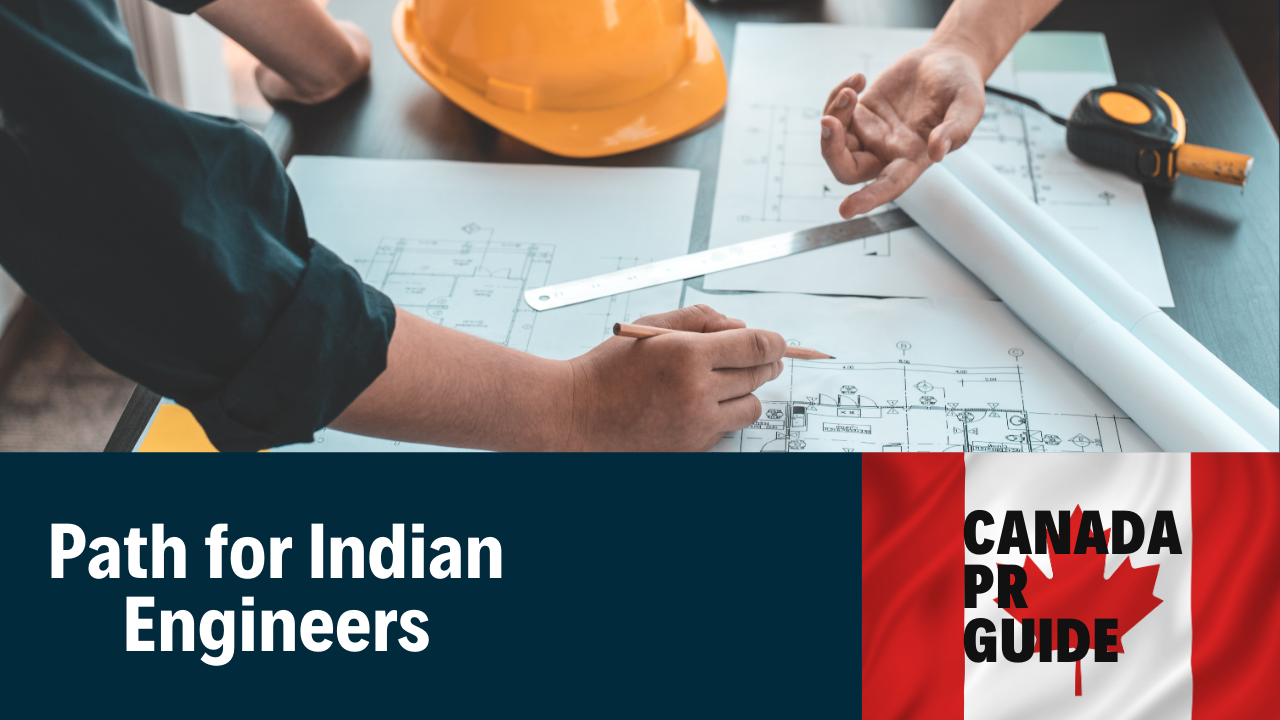
How Indian Mechanical Engineers Can Get PR in Canada
Canada is at par or even above many others as a destination for professionals all around the globe. Its economy is booming and demand for skilled workers is high. Indian mechanical engineers are in advantageous positions here, as they have in-depth knowledge of designing, manufacturing, and operations systems. Immigration policies for skilled workers especially in the country are quite favourable and provide excellent opportunities for Mechanical engineers to attain Permanent Residency (PR) and settle down in Canada.
We will walk you through this process, which will define your eligibility requirements and how best you can help make it into Canada as a mechanical engineer.
Understanding the Role of Mechanical Engineers in Canada
Before entering into the immigration process, it is pivotal to understand what kind of opening awaits engineers, including mechanical engineers, to enter the country. Some key sectors that hold a strong demand for engineers across distinct industries are manufacturing automotive, aerospace, energy, and construction.
Canadian mechanical engineers design, analyze, and manufacture machinery and systems for use in industries. One would enjoy high career growth, competitive salaries, and a great work-life balance from this career. Additionally, the Canada government extends an invitation to applicants of such professionals to settle in the country and meet its growing industrial needs.
Eligibility Criteria for Canada PR as a Mechanical Engineer
The immigration programs in Canada are point-based and determine the candidate on various factors, such as age, education, experience in work, language, and adaptability. To qualify for Canada PR as a mechanical engineer you would require the following:
- Occupation: Your job should comply with National Occupational Classification Code 21301, which primarily deals with mechanical engineers in Canada.
- Work Experience: A minimum of one year of full-time, skilled work experience in mechanical engineering is mandatory. The experience must be relevant to NOC 21301 and should replace the duties listed
- Education: A degree in mechanical engineering or an equivalent field is necessary. Normally, you would get an acceptable degree from an Indian institution recognized by your province; however, you may need an Educational Credential Assessment to verify your credentials.
- Language Proficiency: There will be a language proficiency test; you must achieve proficiency in either English or French. The language proficiency test undertaken to secure entry will take the form of IELTS in English and TEF in French. Qualifying grades are expected in each band.
- Age: No set limit of age has been specified for eligibility. However, generally, immigrants between 18 to 35 years of age top the list on the points-based system.
- Adaptability: Bonus points if you or your spouse is associated with Canada either through work or education or if you already have a job offer from any Canadian employer.
Immigration Streams for Mechanical Engineers
Canada has many immigration routes and what would be best suited for your PR application is what matters the most. Here is a list of the most popular immigration streams suited for Indian mechanical engineers:
a. Express Entry System
The Express Entry system is probably the most widely and speedily used for skilled workers, including mechanical engineers. It manages three economic immigration programs:
- Federal Skilled Worker Program (FSWP)
- Federal Skilled Trades Program (FSTP)
- Canadian Experience Class (CEC)
Mechanical engineers usually apply through the Federal Skilled Worker Program (FSWP). Here is how the process works:
You build an Express Entry Profile and then you enter a pool, after which you are evaluated under CRS-the points-based Comprehensive Ranking System. Having entered the pool you start earning points in areas like age, education, language ability, work experience, etc.
CRS Score and Invitation to Apply (ITA): The greater your CRS score, the higher your chances of getting an ITA. IRCC has several cut-off scores with each of its draws. Each time you receive an ITA you can apply for PR.
b. Provincial Nominee Program (PNP)
Mechanical engineers also have the option to apply through Canada's Provincial Nominee Program (PNP). Each province in Canada has its immigration program, catering to local labour market needs. In particular, provinces like Ontario, Alberta, British Columbia, and Saskatchewan often invite mechanical engineers to apply for PR through their PNP streams.
Applying through PNP will ensure you get additional CRS points, and your possibility of having your ITA goes up. A job offer from a province where you studied or worked also means there is a high possibility of you getting a nomination.
The Application Process: Step by Step
Here is how the PR application process for the Indian mechanical engineer goes:
Step 1: Get Your ECA (Educational Credential Assessment)
Before you submit your application through either Express Entry or PNP, your credentials from your previous degrees and diplomas must be evaluated by one of the authorization bodies such as WES; World Education Services to ensure whether they are up to standard, in this case, the applicable national standard of Canada.
Step 2: Language Proficiency Test
You will be required to undertake either IELTS for English or TEF for French and obtain the minimum required score in all four skills: Listening, Reading, Writing, and Speaking.
Step 3: Create an Express Entry Profile
Once you have the ECA and English language test results, you are ready to register on the Express Entry portal. You’re CRS score is automatically generated based on information entered in your profile.
Step 4: Wait for ITA
Just keep watching the express entry draws that happen under the express entry, and then it is the turn for your CRS score to be higher than the cut-off list, wherein you will get an invite to apply for PR.
Step 5: Apply for PR
Send in your application for PR, including any required supporting documents you might have to submit according to the application prerequisite, like, for example, your passport, ECA report, language test scores, proof of work experience, and proof of funds.
Step 6: Medical and Police Clearance Checks
You'll be mandatorily obligated to undergo a medical examination and also obtain a police clearance certificate as part of your PR application process.
Step 7: PR Issuance
You'll receive your PR.
If everything goes right, IRCC will continue processing the application and provide one with PR status. This means it is possible for a person to both live and work in Canada.
Job Prospects for Mechanical Engineers in Canada
Due to such high demands across various sectors-from manufacturing and oil and gas industries to the energy and automotive sectors-canonical mechanical engineers are sought after here in Canada. The average annual salary for this classification is between CAD 60,000 and CAD 100,000 depending on experience and location.
Canada is the ideal destination for Indian mechanical engineers who desire to migrate and offers abundant opportunities and a smoother way through immigration. Therefore, with eligibility criteria and following the right pathway, one can get into Permanent Residency and have a successful career in Canada. Be it through Express Entry or the Provincial Nominee Program, doors are open for you and your kind.
For more information, you can call our Canada PR Consultants at 7503832132, Also, you can write to us at info@aptechvisa.com you can also refer to https://www.aptechvisa.com/canada-pr for more information.

Mon-Sat 10:00 AM to 06:00 PM

info@aptechvisa.com

Book your visa consultation

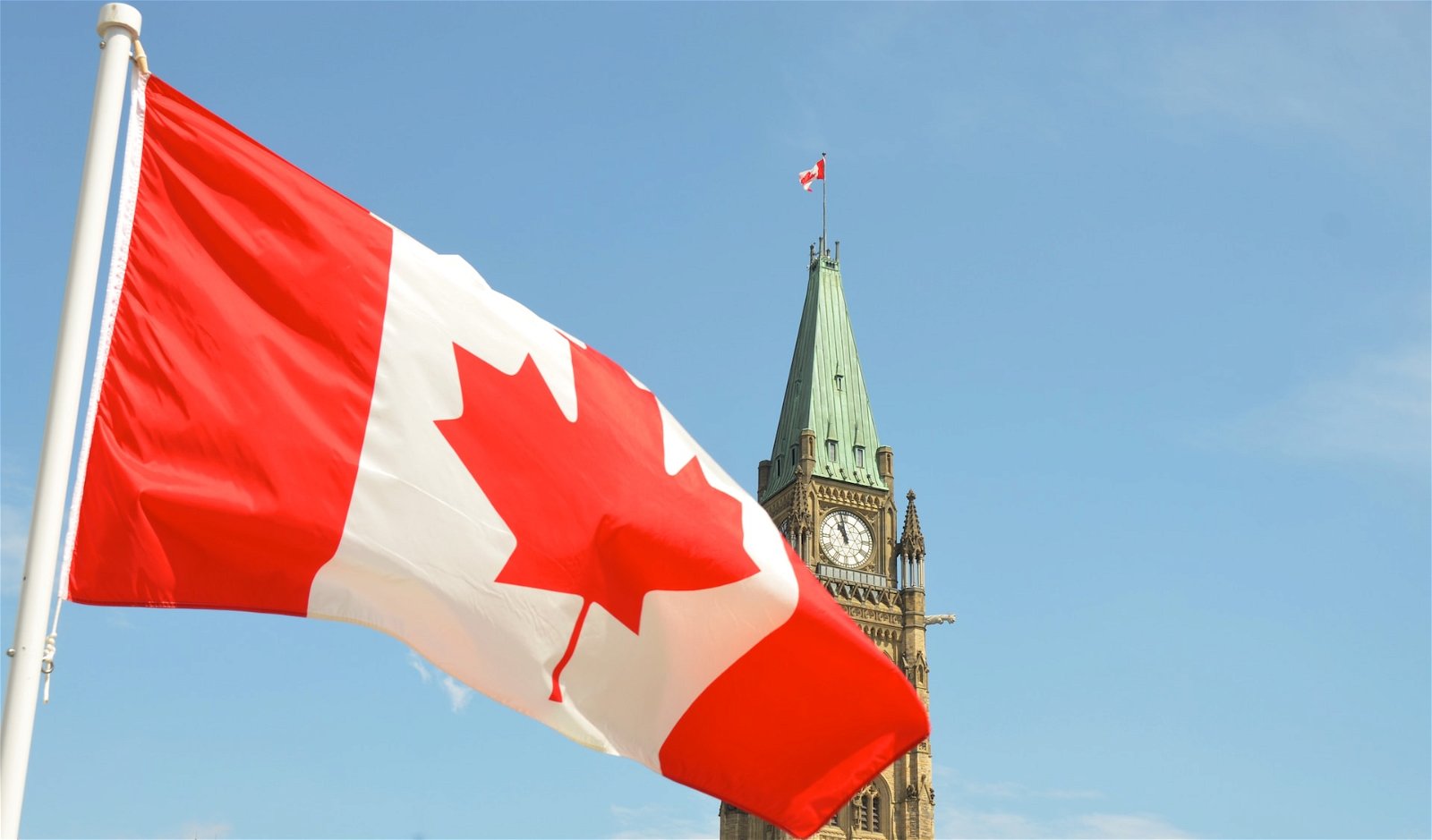






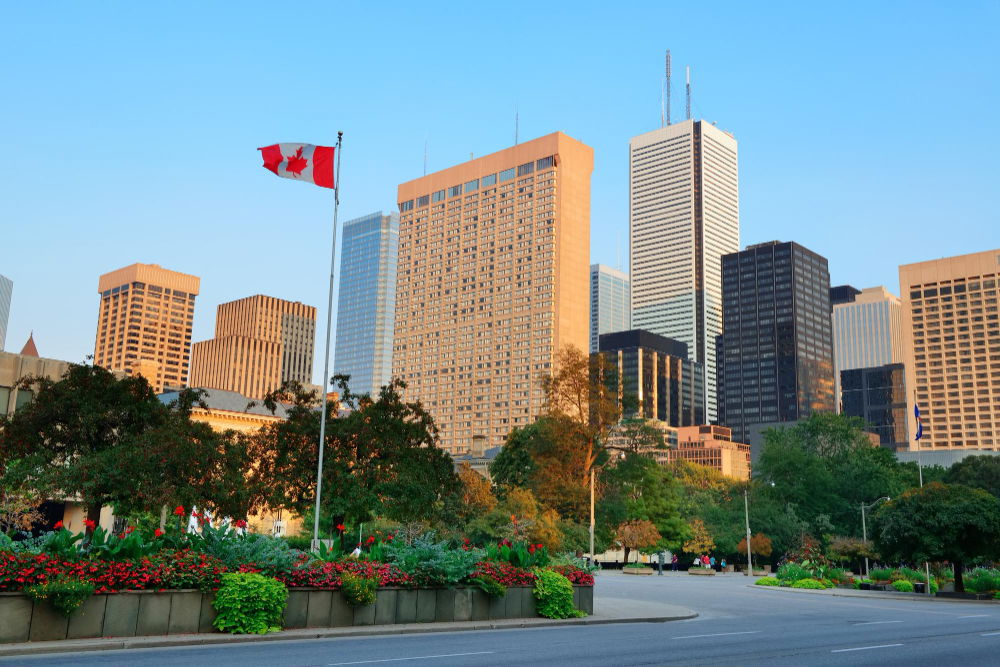





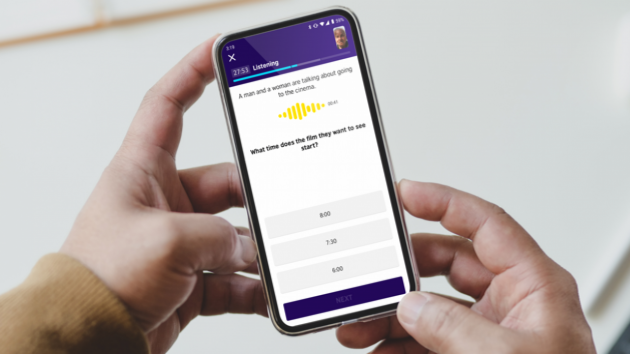




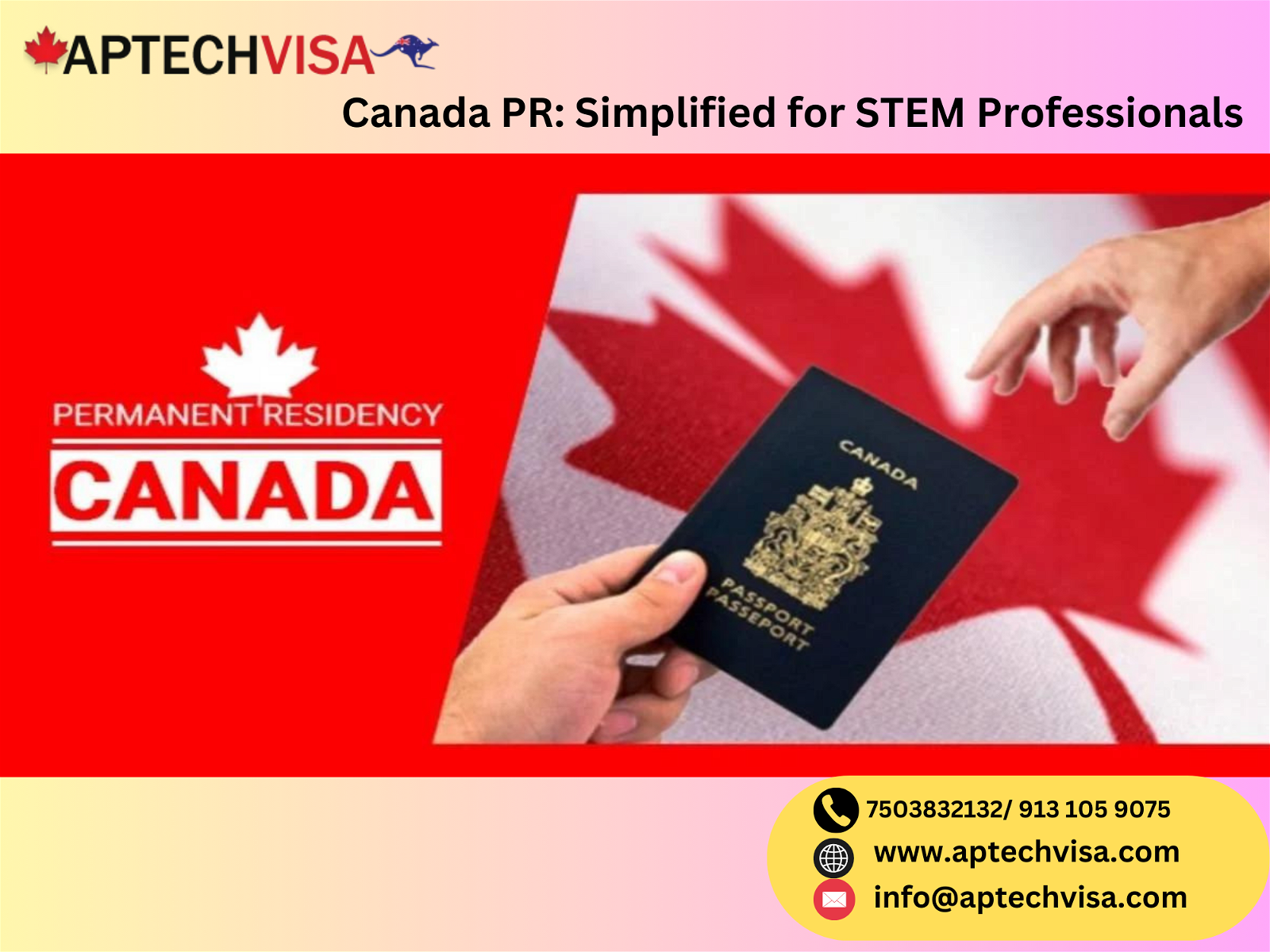

Aptech Visa Testimonials
Professor